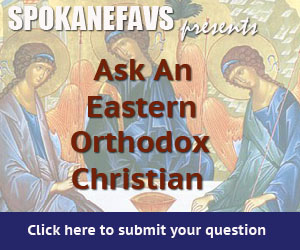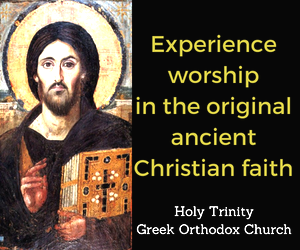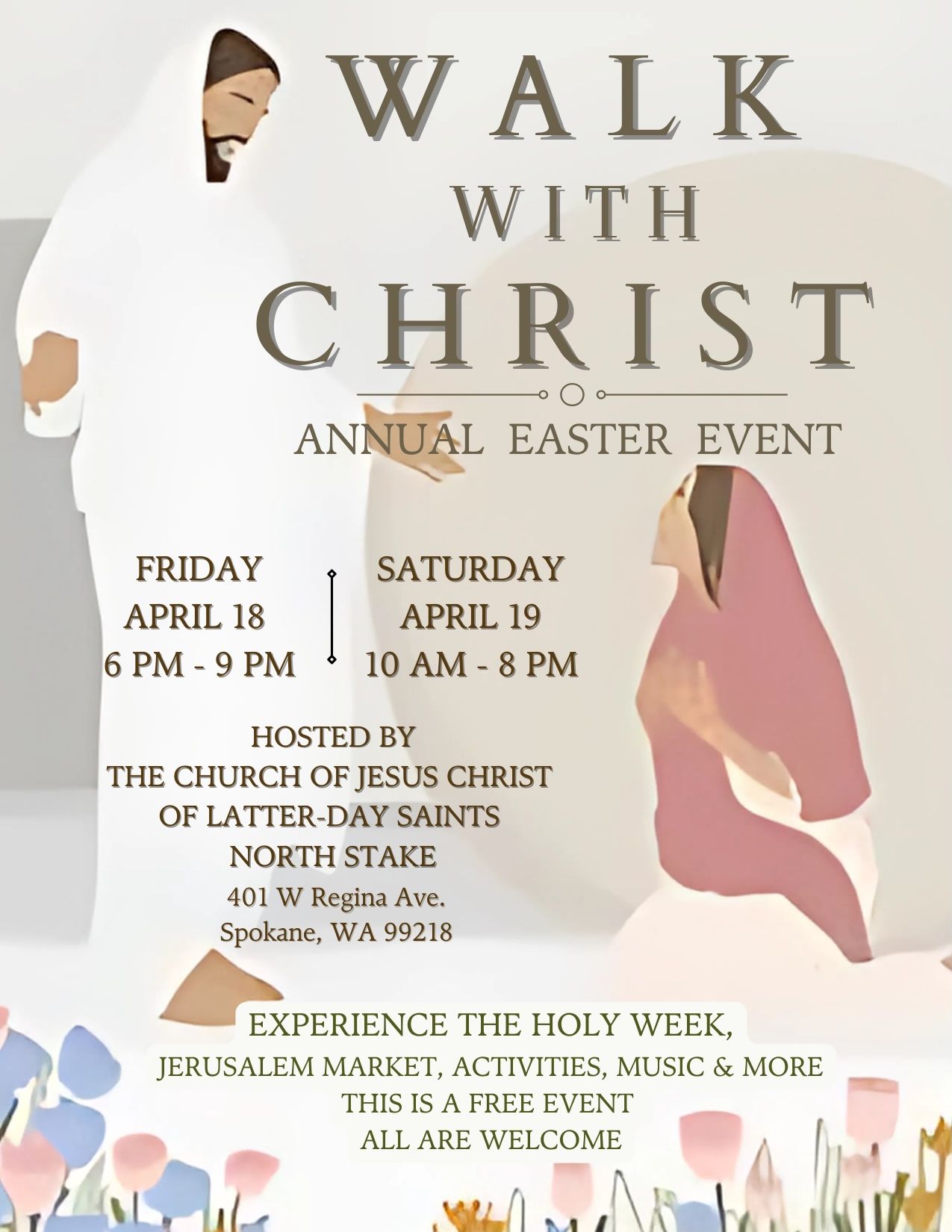What would you like to know about the Eastern Orthodox Christian faith? Submit your question.
Hi. I recently watched a video on Romanian Orthodox Christianity, which I know is different than Eastern, but I’m hoping they are similar enough for you to know the answer to my question.
In the video, the pallbearers at a funeral weren’t wearing hats, but the men in that area always wear hats. Is there a religious reason why the pallbearers weren’t wearing hats? The video was made in the 1970’s, so maybe that practice is older?

Canonical Eastern Orthodox churches, including the ROC, maintain a respectful spiritual link to the Ecumenical Patriarch, currently Patriarch Bartholomew I of Constantinople. The ROC is the second-largest in size in the Eastern Orthodox Church, the Russian Orthodox Church being the largest in the EOC.
Your question was a bit confusing in that you seem to imply that pallbearers wear hats in the EOC. Pallbearers are usually lay people, who are special to the deceased or wished to honor the deceased. To my knowledge unless supplanted by some obscure tradition with a small “t,” pallbearers don’t wear “hats.” Today it would be seen as irreverent for men to wear a hat in church except by those of the holy orders.
The men in the area you described were most likely the men of holy orders performing the service most likely a deacon, priest, or bishop and who would have the option of wearing “hats,” which are a part of their vestments.
In some Balkan countries (including Greece) Orthodox clergy often wears a Kalymauki or kalymafki (Sl. kamilavka) a black cylindrical hat.
A black monastic veil (epanokalynafkon) is sometimes worn by the celibate clergy at various services or ceremonies is attached to the kalymauki.










Nick, thanks for your response. I am sorry I did not make myself clear in my original question. The pallbearers were laypeople, as you note. They were carrying the casket in a procession through the streets of the town, and the pallbearers were the only men present with no hats on. I don’t mean any kind of clerical or ceremonial hat; I mean no hats of any kind. All the men that lined the streets to watch the procession were wearing hats, as seems to be the local custom for adult males, so it was immediately obvious to me that the pallbearers were NOT wearing hats. I was just wondering if there is some tradition in the ROC for pallbearers to leave their heads uncovered. Thanks again!